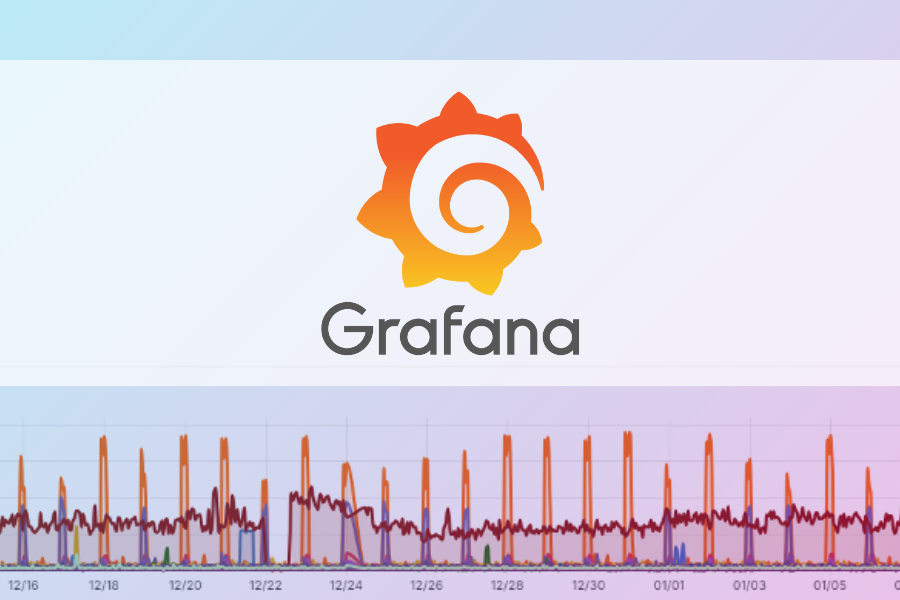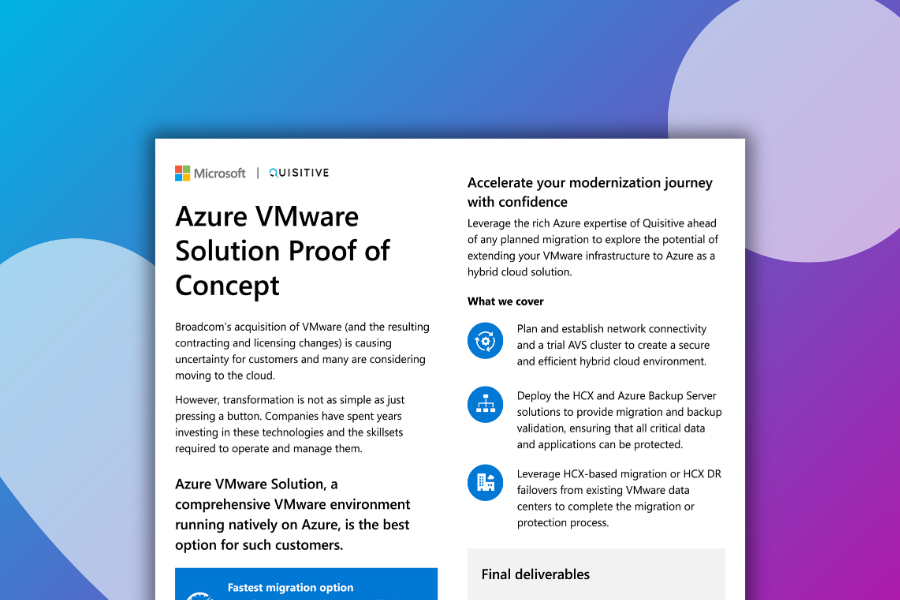When Microsoft made the Upgrade Readiness solution freely available to anyone back in the Spring of 2017 it was a major step forward in the monumental task of upgrading Windows 7 and Windows 8.1 computers to Windows 10 and keeping up with Windows 10 Feature Updates. The solution made compatibility assessment 10 times easier.
Enter January 2020 and the free Upgrade Readiness is gone, replaced by the Desktop Analytics that’s only available with Microsoft Endpoint Configuration Manager. There’s noting wrong with Desktop Analytics, but if you happen to be in a situation where you can’t use it then your compatibility assessment just got harder.
The best workaround it to use the Windows Setup engine in Compatibility Scan mode, consolidate and analyze the results. This isn’t new, but MVP Rob Marshal posted some updated guidance on the solution over at Win7 to Win10 IPU – With ConfigMgr but without Desktop Analytics.
This post is really about reminding you that if you know how things work in the back end you can reverse engineer them for your own benefit.
Who doesn’t get to use Desktop Analytics? Organizations that don’t have a recent version of ConfigMgr / SCCM / MEMCM / MECM deployed (v1902 or newer is required). You may be stuck on an old version or a non-Current Branch version/edition. You may not have ConfigMgr at all.
Remember, to use Windows Setup Compatibility Scan
- You can use any deployment method
- an old version of ConfigMgr
- a competitor to ConfigMgr like Altiris, LANDesk, etc.,
- A pseudo deployment tool like PowerShell remoting, remote WMI, GPO Startup/Shutdown Scripts, GPO created Scheduled Tasks, PSEXEC, etc… anything that can run an executable on a remote computer in admin context. ConfigMgr just wraps up the process into a nice GUI, but it runs setup.exe just like everyone else.
- When running Windows Setup Compatibility Scan, be very aware of the LAN/WAN/Internet traffic it will generate… you can saturate a network link pretty easy if you haven’t planned well
If you find yourself in this boat, I highly recommend reading though a few ConfigMgr blog posts about Windows Setup Compatibility Scan. They should give you everything you need to create a solution that works in your non-Micosoft Endpoint Management centric environment.
Here are some good articles to start with…
- Windows 10 Pre-Upgrade Validation using SETUP.EXE
- How the settings in ConfigMgr translate to the command line of the Windows 10 upgrade
- Specify additional command-line options to Setup during a Windows 10 upgrade
- Windows 10 Compatibility Check using SCCM and Report
- pay attention to the location of setup.exe… in this scenario we do NOT copy the 4GB+ install media content to the local computer, potentially saving many GB of network traffic
- IPU & Offline Dynamic Updates
- this article has good info on network traffic management
- Enabling Dynamic Updates and Servicing Drivers from Microsoft Update during a Windows 10 In-Place Upgrade Task Sequence in ConfigMgr
- more info on network traffic management
- Automatically Capture Hard Blocker
- Win7 to Win10 IPU – With ConfigMgr but without Desktop Analytics
Have fun scanning the castle!

;)



